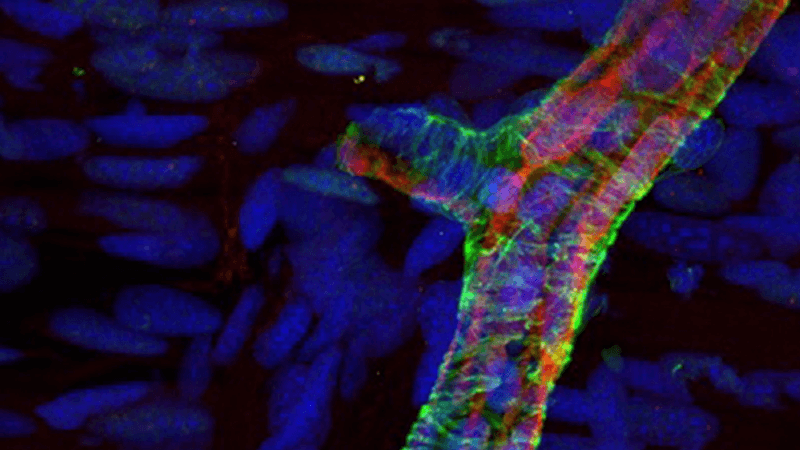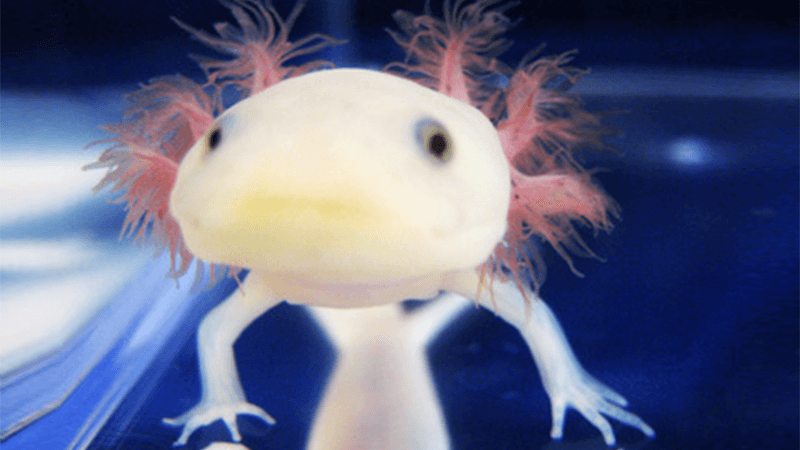Jessica Whited, Ph.D.
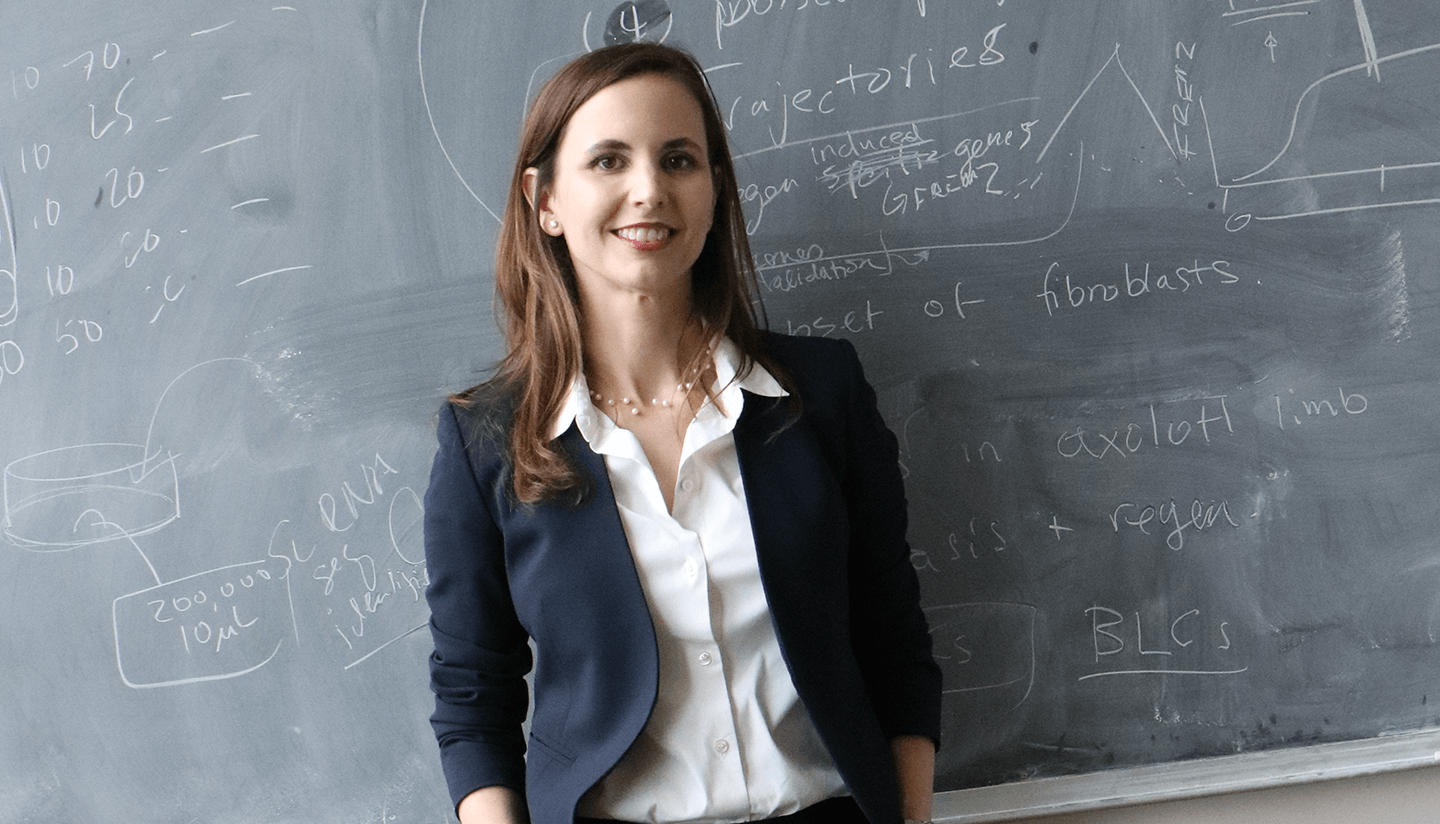
Jessica Whited, Ph.D.
- Assistant Professor of Stem Cell and Regenerative Biology
- Principal Faculty
Harvard Stem Cell Institute
Jessica Whited’s laboratory is dedicated to understanding limb regeneration in axolotl salamanders. Her work focuses on developing genetic tools to manipulate gene expression at specific points in time during limb regeneration, and exploring early signaling events following wound healing that initiate the regenerative process.
Jessica Whited earned a B.A. in Philosophy and a B.S. in Biological Sciences from the University of Missouri. She obtained her Ph.D. in Biology from MIT, where she studied in Dr. Paul Garrity’s laboratory. Her thesis focused on molecular mechanisms controlling the development and maintenance of cellular architectures in the Drosophila nervous system. In carrying out this research, Dr. Whited became interested in processes that may be required long after initial developmental events to ensure cells do not revert to immature behaviors, as well as processes that provoke such events in response to injury.
Dr. Whited worked in the laboratory of Dr. Cliff Tabin (Harvard Medical School Department of Genetics) as a postdoc studying total limb regeneration in axolotl salamanders. During this work, she developed several molecular tools that can be used to interrogate regenerating axolotl limbs.
Whited ran her first research group at the Brigham Regenerative Medicine Center, BWH Department of Orthopedic Surgery at Harvard Medical School. She joined HSCRB as an assistant professor in 2019.
Lab Overview
Nearly two million Americans have undergone limb amputation due to injury or disease, and this number is expected to rise. Yet no biological therapeutic has been devised to address this problem. Humans and other mammals have extremely limited regenerative capabilities in their limbs, but axolotl salamanders – whose limbs are anatomically similar to ours – can replace entire lost limbs throughout life.
This amazing feat presents an opportunity to learn about natural cellular reprogramming in animals. But crucial molecular mechanistic details about how axolotls regenerate limbs has yet to be revealed.
Our laboratory has developed powerful tools to investigate these mechanisms, as understanding limb regeneration in these animals can inform the way we approach regenerative medicine in humans.
-
Systemic effects of amputation and their influence on localized regeneration
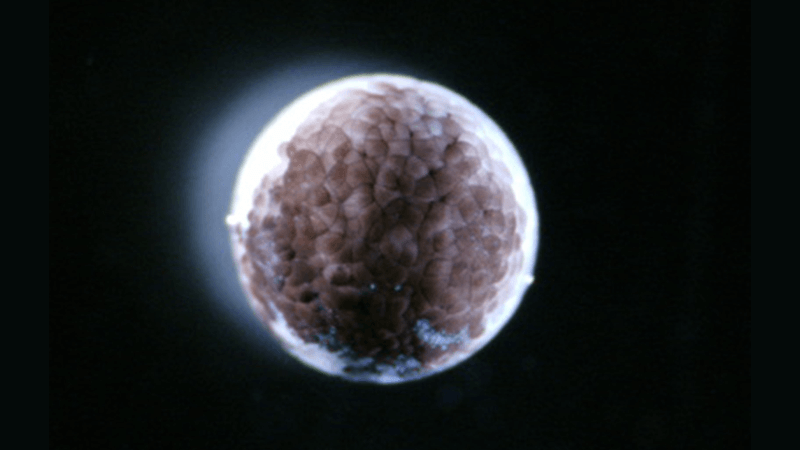
-
The molecular biology of how blastema cells are specified
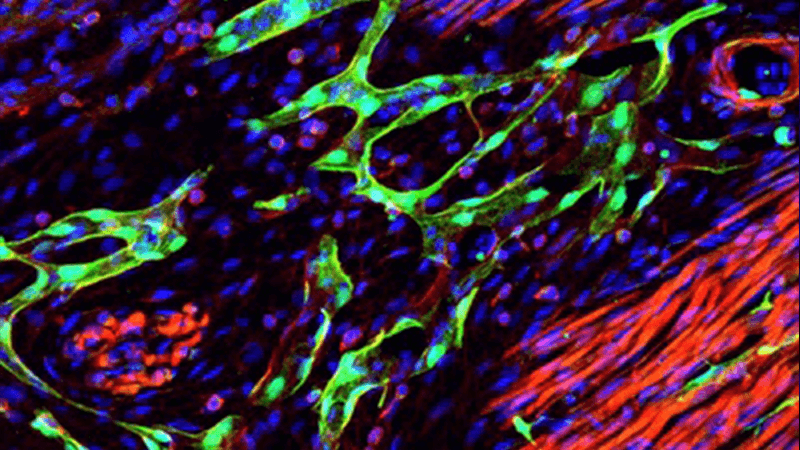
-
Development of more robust genetic tools for studying regeneration in axolotls
